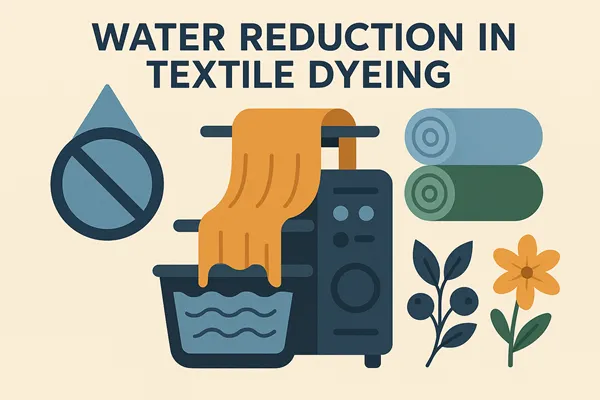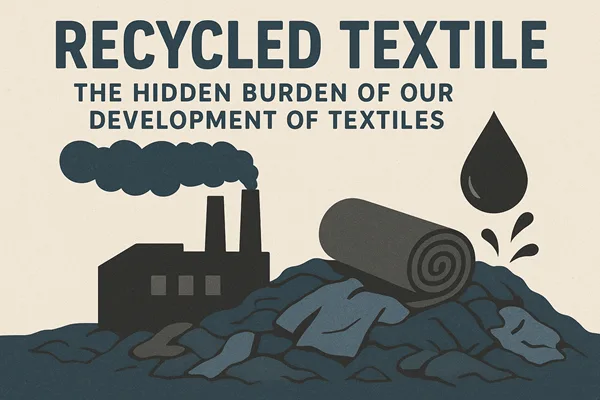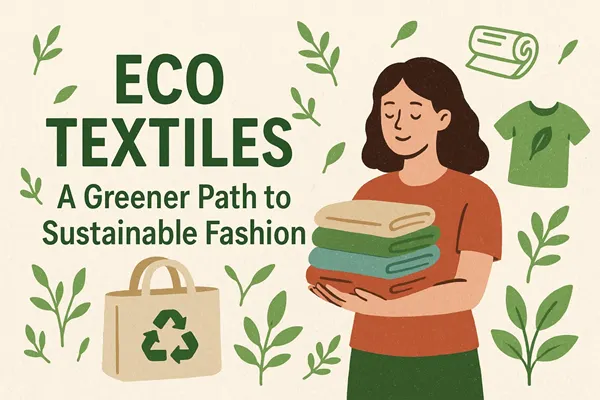Water Reduction in Textile Dyeing Process
The textile dyeing industry is a significant contributor to water pollution and water scarcity, with approximately 200 tons of water used to dye one ton of fabric[4]. To address this issue, the industry is exploring various methods to reduce water consumption and improve sustainability. I am presenting details here on the Water Reduction in the Textile Dyeing Process.
Water use is money-consuming and harmful to our environment. We all want to reduce the use of water in the textile dying process. Here we are discussing waterless and Water Reduction in the Textile Dyeing Process.

Techniques of Water Reduction in Textile Dyeing Process
Waterless Dyeing:
Waterless dyeing systems, such as those developed by DyeCoo, use carbon dioxide (CO₂) instead of water to dye textiles[4]. These systems can save 15 million liters of water and 6,500 kilograms of processing chemicals annually[4]. Companies like Nike, Adidas, and IKEA have adopted waterless dyeing to reduce their environmental footprint[4].
Innovative Dyeing Technologies:
Innovative dyeing technologies, such as the UP system and Core, reduce water consumption by up to 96% compared to traditional methods[5]. These technologies also reduce energy consumption and enable the production of smaller batch sizes more cost-effectively[5]. So the Dyeing cost will reduce.
Sustainable Dyeing and Finishing:
Sustainable dyeing and finishing approaches, such as the PS²-Process and PSB35, offer resource savings and increased efficiency[5]. These technologies can save up to 1,350 tons of CO₂ emissions annually and reduce start-up scrap rates by 90% compared to traditional methods[5].
Water Recycling and Reuse:
Technologies like the THEN Smartflow TSF dyeing machine from Fong’s Europe reduce water and energy consumption through water recycling and reuse[5]. This machine features a Smart Fabric Transport System that ensures even dyeing of the fabric by accurately controlling nozzle pressure and pump power[5].
Collective Action and Collaboration:
Brands and retailers, along with their suppliers, can work together to address water issues through collective action and collaboration[2]. Initiatives like the Bangladesh Partnership for Cleaner Textile (PACT) and the Better Mills Initiative can help brands and retailers reduce their water consumption and improve local water conditions[2].
Conclusion:
The textile dyeing industry is exploring various methods for water reduction and improving sustainability. Waterless dyeing systems, innovative dyeing technologies, sustainable dyeing and finishing approaches, and water recycling and reuse technologies are all contributing to a more sustainable future for the textile industry. For water Reduction in the Textile Dyeing Process, collective action and collaboration among brands, retailers, and suppliers are also essential to address water issues and improve local water conditions.
References:
[1] Economical use of water in cotton knit dyeing industries of Bangladesh https://www.sciencedirect.com/science/article/abs/pii/S0959652622004632
[2] Water Footprint Assessment https://waterfootprint.org/resources/WS2_Executive_Summary_for_CA_by_WFN.pdf
[3] The true cost of colour: The impact of textile dyes on water systems https://www.fashionrevolution.org/the-true-cost-of-colour-the-impact-of-textile-dyes-on-water-systems/
[4] Waterless fashion: Does the dyeing industry need to use water? https://www.euronews.com/green/2019/07/18/waterless-fashion-does-the-dyeing-industry-need-to-use-water
[5] Reducing carbon footprints and water consumption through sustainable dyeing and finishing https://www.texspacetoday.com/reducing-carbon-footprints-water-consumption-sustainable-dyeing-finishing/



